3X WAYS EXTENDED REALITY IS CHANGING THE WORLD
In 2018, Elon Musk claimed technology had already taken the human experience into a new dimension. “We’re all vastly smarter with our phones than without … your phone is already an extension of you, you’re already a cyborg,” he said.
The billionaire Tesla owner’s pronouncements may not be everyone’s cup of tea, but his point was an accurate indicator of the way our interactions with technology are going.
‘Extended reality’ refers to real-and-virtual combined environments and experiences generated by computer technology and wearables, including forms like augmented reality (AR) and virtual reality (VR).
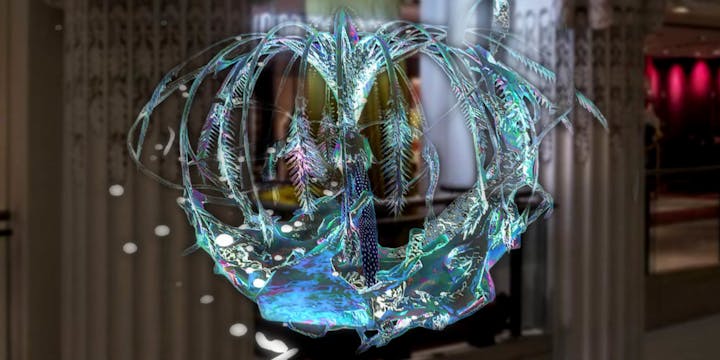
Whether in the context of entertainment, advertising, socialising or retail experiences, we’re spending increasing amounts of time in real/virtual hybrid spaces. This extension of our reality is reshaping how marketers and designers operate, facilitating an entirely new way of engaging with products.
If you think this is a science fiction dream, consider the progress made over the last five years with developments like 360-degree videos on YouTube, AR filters on Snapchat and DIY VR equipment like Google Cardboard. They’ve all changed our conception of immersive experiences.
Progress in this field will be further boosted by the widespread adoption of 5G, meaning high-quality experiences can be enjoyed by more people in more places. All this means a richer space for brands to play in and an increasingly interactive world for their consumers.
We’ve looked at three areas where extended realities are already playing out.
1. IMMERSIVE RETAIL
AR and VR is enabling retailers to turn their stores into extended reality experiences.
Through your phone (and in the future, glasses), surfaces in the store such as windows, mirrors, displays and changing rooms can offer customers a virtual overlay over the physical space. These extended realities will enhance the product buying experience and provide new forms of retail entertainment.
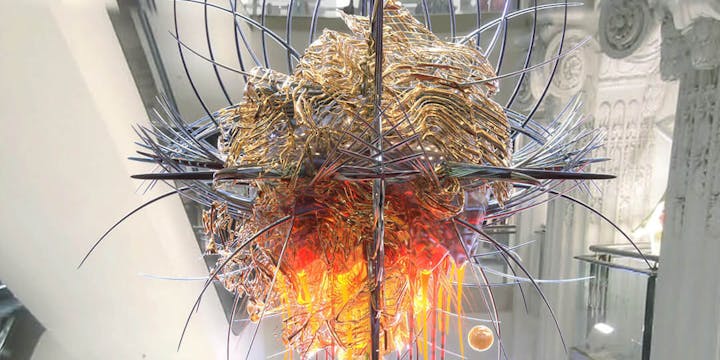
Image Source: Frame Web
Selfridges integrated some of these trends for their in-store campaign ‘The New Order’. They invited digital artists to create artwork that was activated on customers’ phones when they scanned QR codes around the Oxford Street store. To mark the ‘digital revolution’ transforming everything from politics to pop music, the interactive artworks helped Selfridges customers to reimagine what shopping, style and the department store might look like in the not-so-distant future.
Hipanda, a new store in Tokyo, brought to life their ‘miffed bear’ logo using AR, light and cleverly constructed interiors. The store features a maze that with the help of extended reality turns into a haunted house-style experience, with personalised pathways that lead customers in search of an invisible ghost.

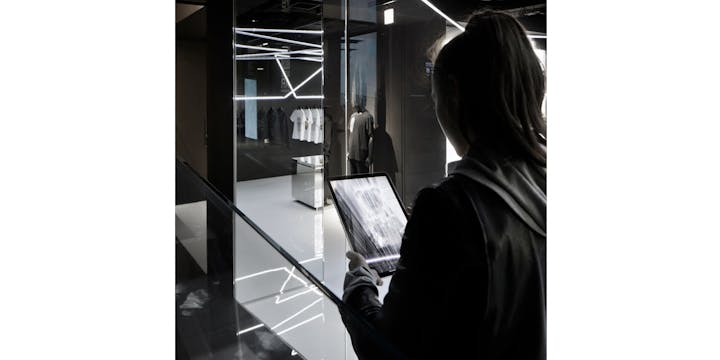
Image Source: Frame web
Both of these are great examples of amplifying customer experience with technology, creating a sense of discovery that feels more like an adventure than a shopping trip.
2. HYPER-PERSONALISED ADVERTISING
In the not-so-distant future, OOH and mobile advertising will use extended realities to create hyper-personalised ads. Connecting to your phone, OOH digital screens will send you unique ads when you walk or drive past.
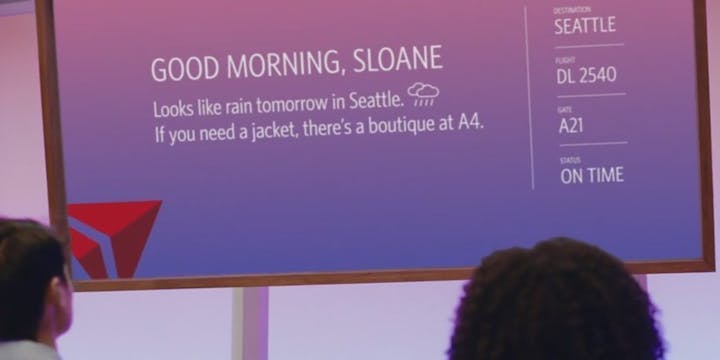
Image Source: Business traveller
How can they be unique if people are constantly walking past? US airline Delta is currently developing multi-view airport screens. Everyone looks at the same screen, but they only see their personal flight details. Currently this works for up to 100 people.
Another innovation likely to shape advertising in the future is from a company called Swapp, who have developed a piece of AI technology that uses ‘deep fake’ technology to take personalisation to another level. Developed at the London College of Fashion in partnership with Microsoft, the technology is “giving brands the power to put consumers at the heart of their adverts”.
In an interview for LSN Global, Swapp’s founders explained how it works: “In the current iteration of our Swapp prototype, consumers are given a choice of videos to put themselves into. We then take them into a capture booth where we take a simple 20-second video of them.
“Our AI processes this and within 20 minutes, consumers can see themselves in their chosen video. They would then receive the output video with themselves starring in the advert directly to their mobile, accompanied by hashtags related to the product or brand, allowing them to easily share on social media.”
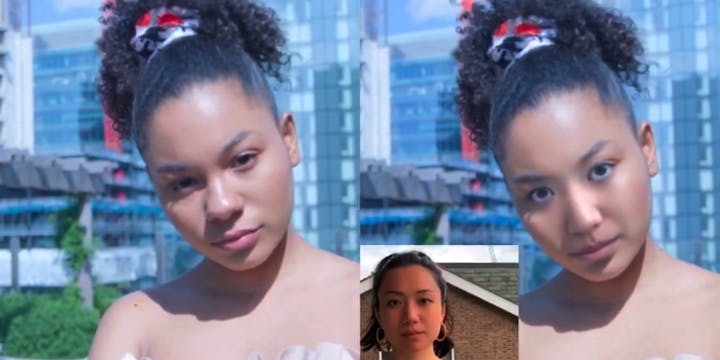
Image Source: LSN
If this idea catches on, it will allow people to transport themselves on to their favourite catwalks, adverts or films. A massive opportunity for social sharing and the influencer market.
3. EXTENDING YOUR HOME
Home entertainment is set to dramatically change through extended realities.
Content responding to our moods and our location in the home, opportunities to escape to new worlds through VR, dynamically adjusting storylines (we’re already starting to see this with shows like Bandersnatch) and tailored ads are all on the horizon.
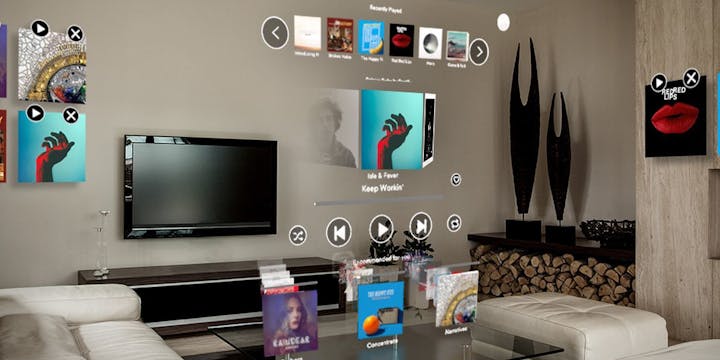
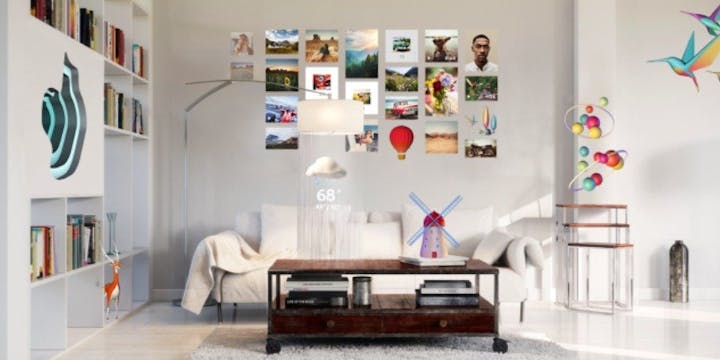
Image Source: The Verge
Spotify has worked with VR experts Magic Leap on an app that allows users to create ‘soundscapes’ or curated music libraries positioned in specific locations around the house. As users walk around wearing the headset, they can hear the music and see album covers where they pinned them.
Magic Leap believe this is the beginning of a more integrated, curated in-home experience. ‘We see a time in the not-too-distant future when spatial computing will extend to the wider world of podcasts, audiobooks and storytelling,” they commented.
3x3 is compiled by LOVE’s Head of Culture, Kat Towers. Want to say hello, ask questions or challenge her cultural knowledge? Get in touch - kattowers@lovecreative.com